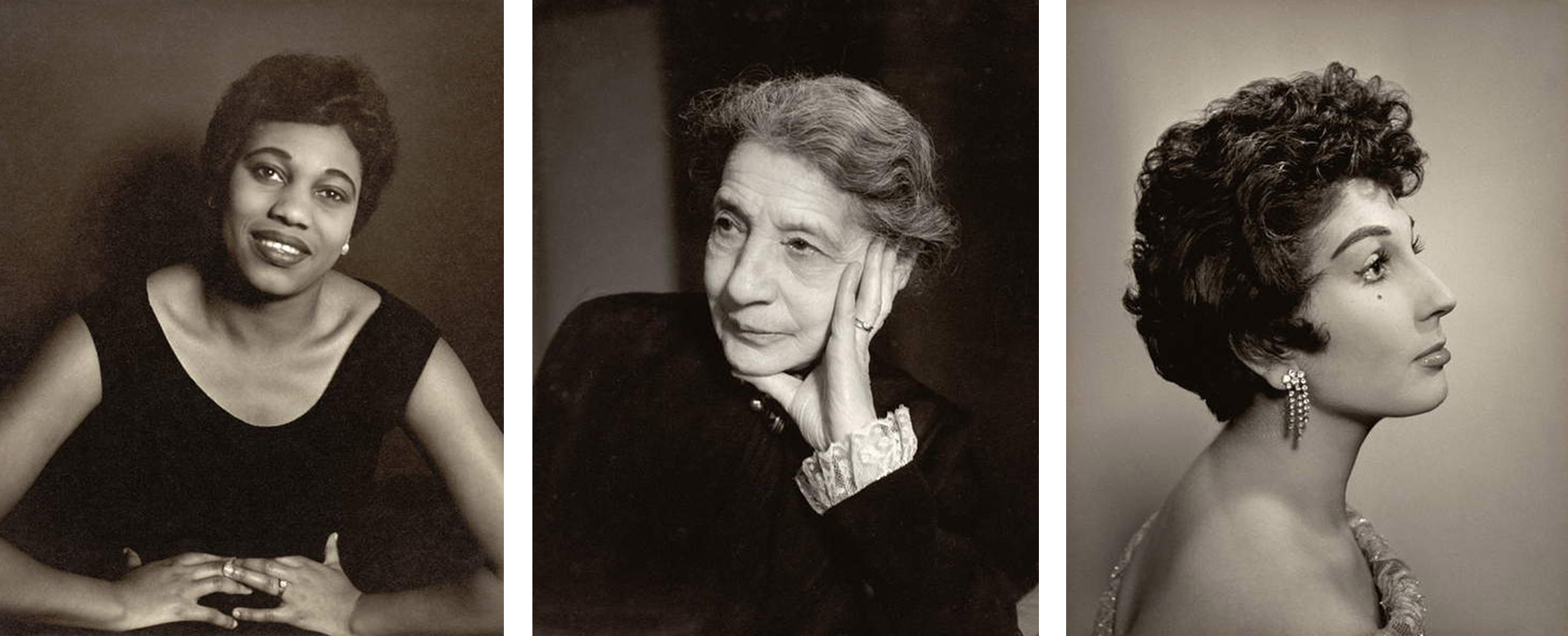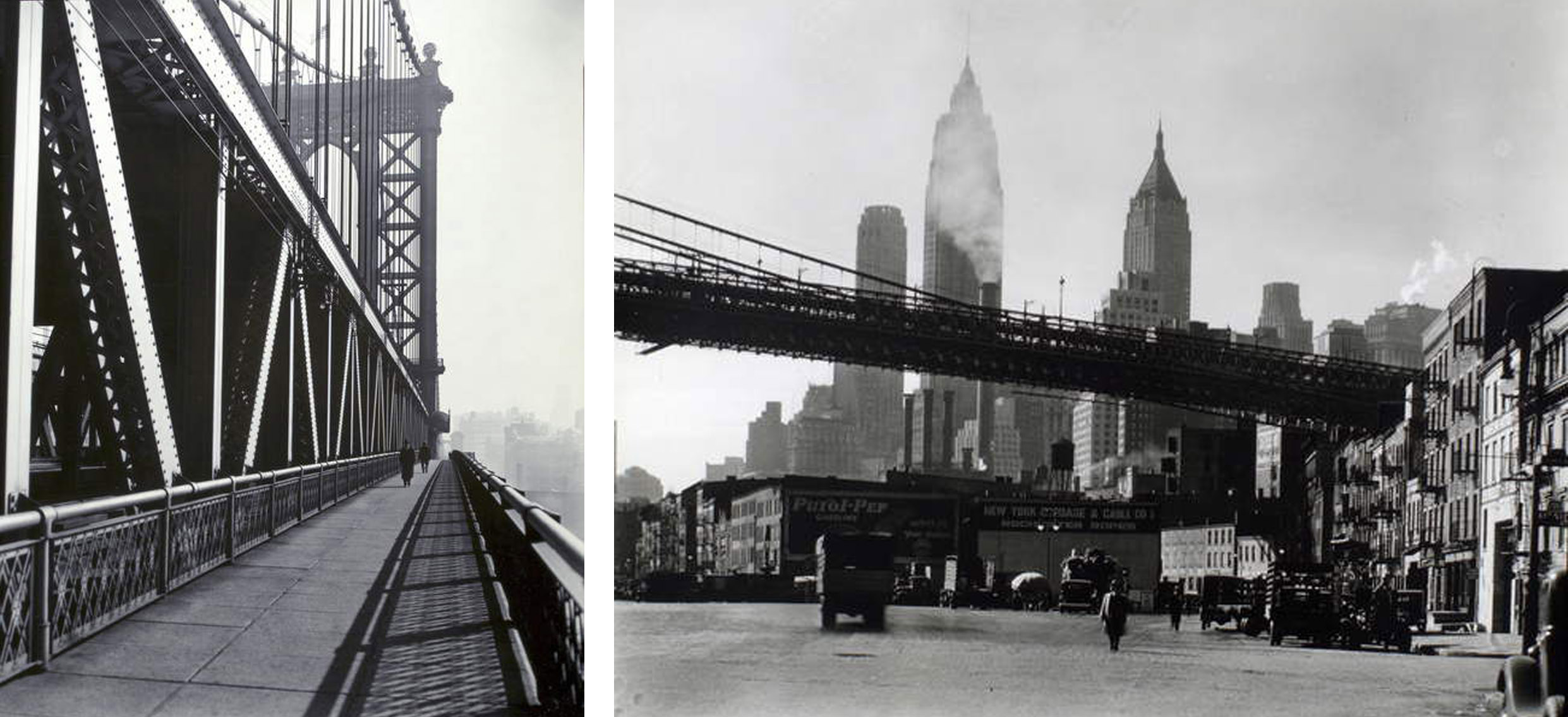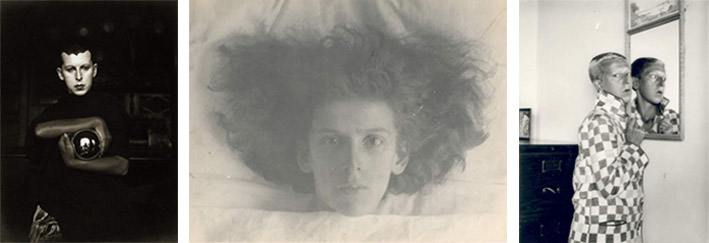In this post, we take a look at some of the brilliant photographers in the archive...
Lotte Meitner-Graf
Lotte Meitner-Graf’s portraits are alive with personality and character. Although often a fairly simple arrangement, the images all seem to tell you a story about the person.

Meitner-Graf was an Austrian photographer. She moved to London in 1937 and was a successful portrait photographer. Often working from her studio in Bond Street, Meitner-Graf photographed many famous faces including Alma Cogan, Albert Schweitzer and Danny Kaye.
Dorothea Lange
Perhaps most famous for her image ‘Migrant Mother’, Dorothea Lange was an American photographer who documented the Great Depression and whose work became emblematic for the era.

Having started out as a portrait photographer, she went on to photograph and record struggling farmers and rural societies in America in the 1930s. For Lange, photography was not necessarily a creative outlet but a way to educate and inspire social change. Lange’s images highlighted the hardship these people faced and drew public attention to these forgotten families.
Berenice Abbott
Berenice Abbott was an American photographer, well known for her portraits of cultural figures but also her cityscape images of New York.

Concentrating on the physical changes of the city, Abbott’s work documented structures and skylines and now provide a record of many areas and buildings in New York that have since been totally destroyed or transformed. This work went on to form the exhibition and publication ‘Changing New York’.
Claude Cahun

Claude Cahun was a French photographer; whose shunning of gender norms was way ahead of time. Having been previously known as Lucy, Claude assumed the gender-neutral name around the age of 23. Cahun’s photographic works are largely made up of self-portraits. In these experimental and contemporary photographs, Cahun tended to take on different personas. The work often has a surreal quality which only makes them all the more fascinating – however, the work only earned notoriety 40 years after Claude passed away.
Tina Modotti
Tina Modotti moved to America from Italy when she was 16 and started her career as an actress and model. She moved to Mexico City in 1923 with her lover and mentor Edward Weston, where with Weston’s encouragement she quickly developed her passion for photography.

Inspired by the people of Mexico, Modotti and Weston opened a portrait studio in the capital city and quickly found a group of friends including artists like Frida Kahlo. Modotti captured the people and culture of Mexico in a range of powerful imagery. By 1925, Modotti had joined a communist organisation and the style of her work had started to shift, with her political views having a strong influence on her photography.
Lots more fantastic photography can be found in the archive, for example, the work of Jessie Tarbox Beals and Margaret Cameron.